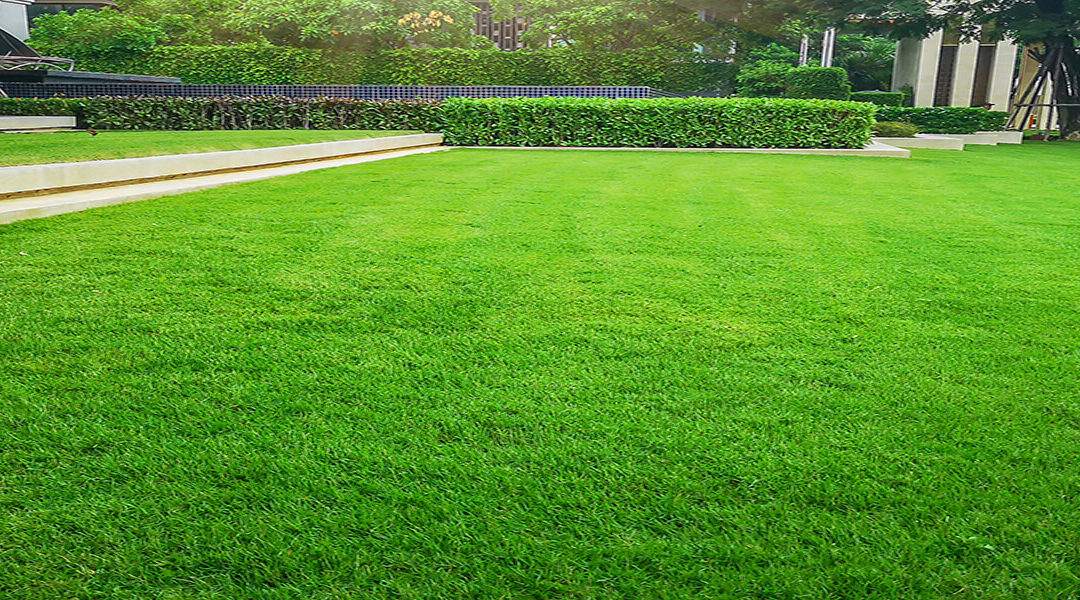- Watering: In Colorado’s semi-arid climate, proper watering is crucial. It’s recommended to water lawns deeply but infrequently to encourage deep root growth, which is vital for drought tolerance. Early morning watering is best to minimize evaporation and wind interference. Be mindful of local water restrictions, often in place due to the state’s climate.
- Mowing and Grass Type Selection: Choose grass types that are well-suited to Colorado’s climate, such as Kentucky bluegrass, fine fescue, or buffalo grass. Mowing height is also important; generally, it’s recommended to keep grass at about 2.5 to 3 inches high. This height helps to shade the soil, reducing water evaporation and keeping roots cooler.
- Fertilization and Aeration: Due to the soil composition in Colorado, lawns often benefit from regular aeration to improve nutrient and water absorption. Fertilizing should be done in spring and fall, using a fertilizer appropriate for your lawn type and local soil conditions. However, be cautious with the amount and frequency of fertilization to avoid runoff issues, which can be a problem in areas with slopes and varied topography.
Remember that local conditions such as soil type, local weather patterns, and altitude variations can affect lawn care practices. Consulting with a local lawn care expert or extension service can provide more specific advice tailored to your area in Colorado.
